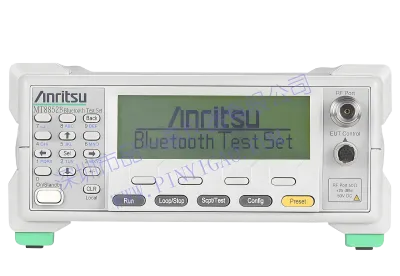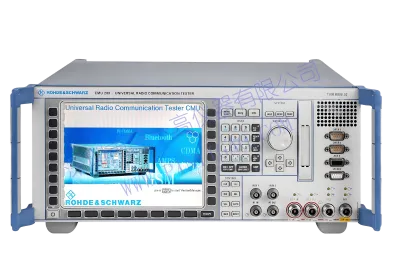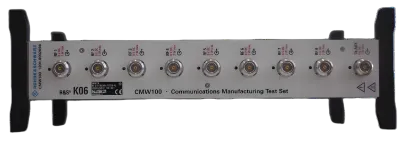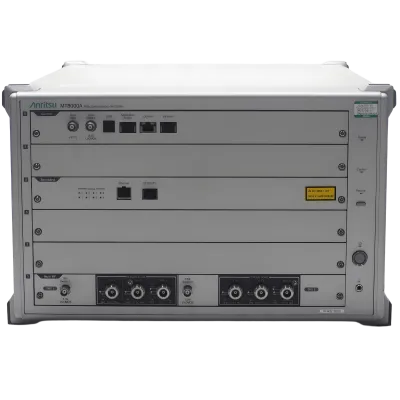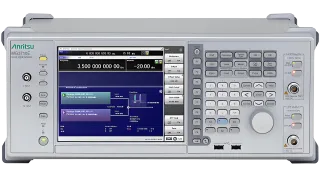
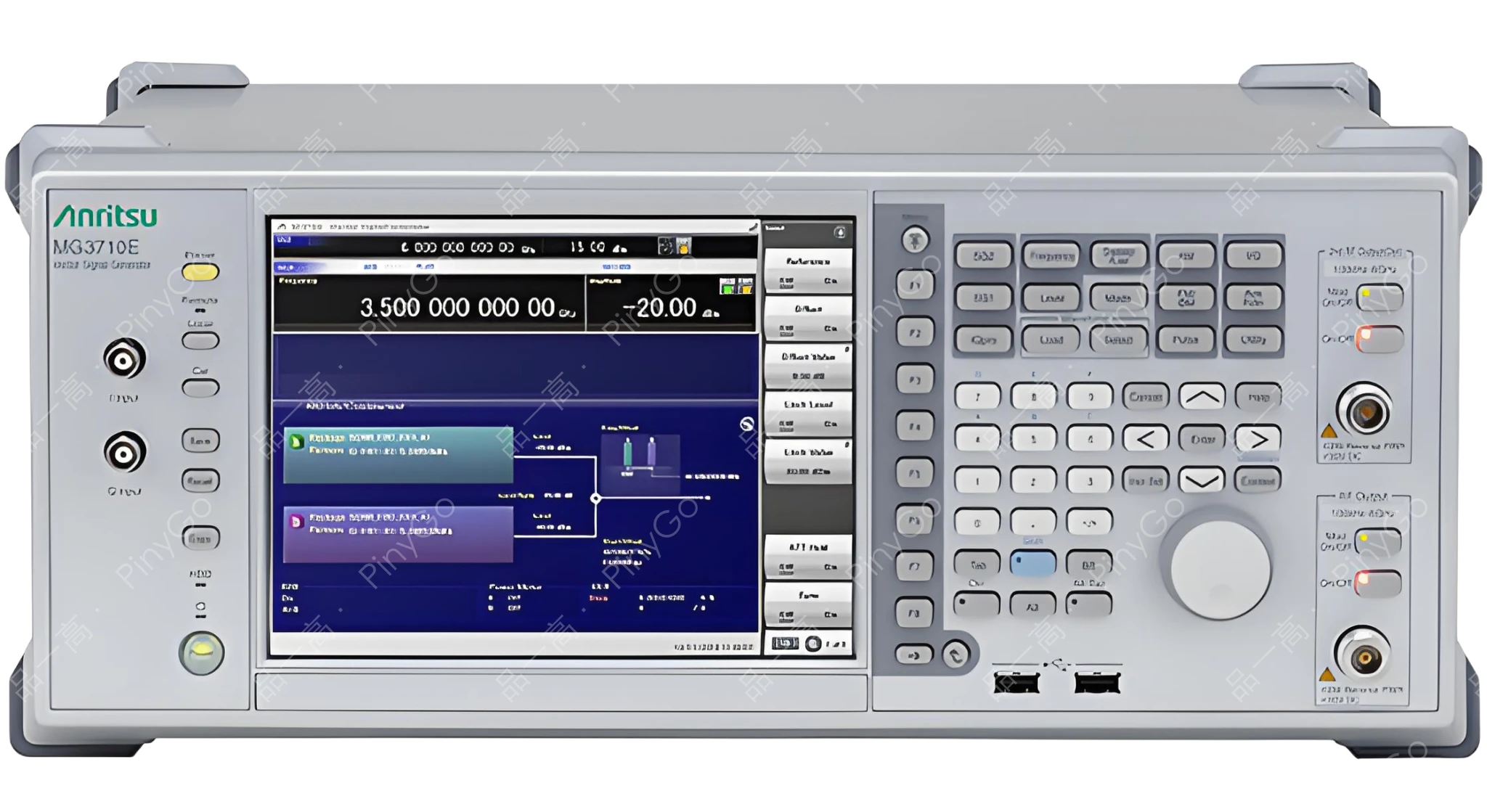
Vector Signal Generator MG3710E
Manufacturers
Anritsu
Other Recommendations
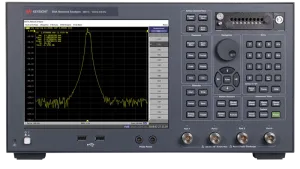
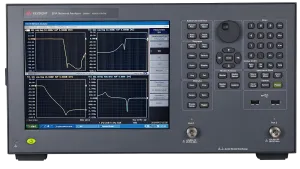
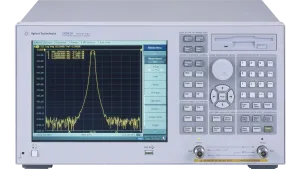
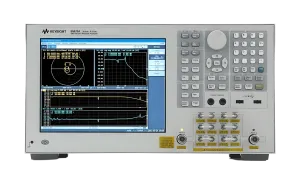
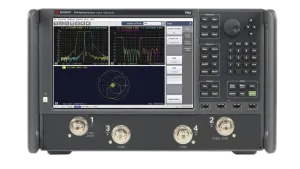
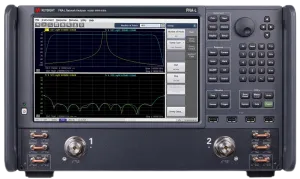
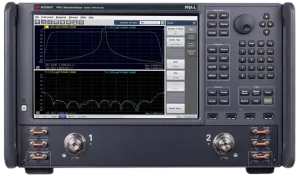
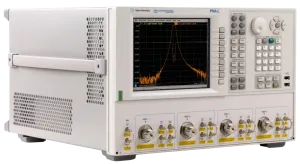

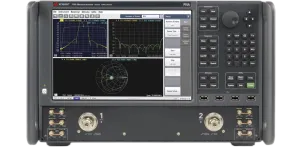


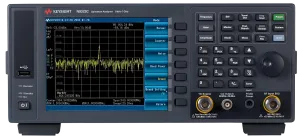
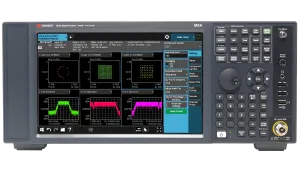

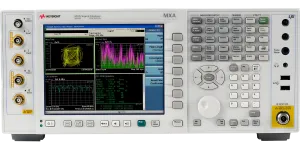
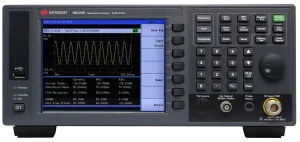
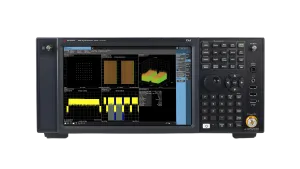
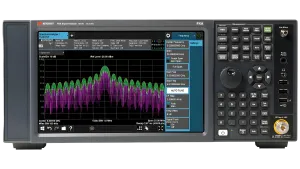
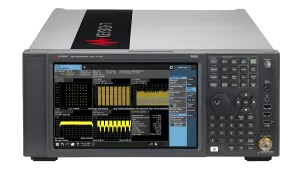
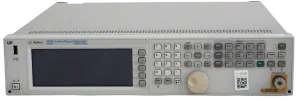


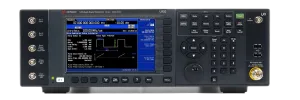
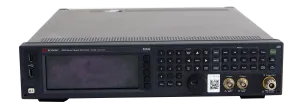

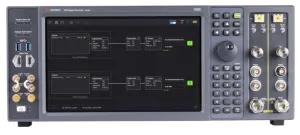


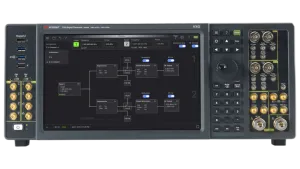
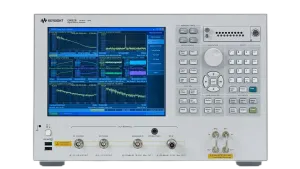
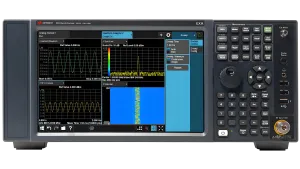
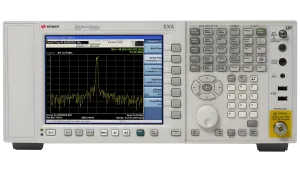


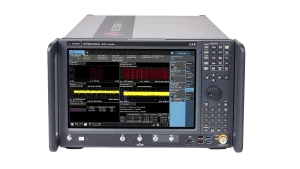
High-Performance Vector Signal Generator, 100kHz-6GHz Coverage + 160MHz Baseband, 300% Improvement in Wireless Testing Efficiency
📡
100kHz-6GHz frequency range (Frequency parameter)
🔌
+23dBm output (Output parameter)
🔄
4 independent modulated signals (Key feature)
| Core Parameter | Detailed Specifications | Application Value |
|---|---|---|
| Frequency & Power | 100kHz-6GHz, CW output +23dBm (400MHz-3GHz), adjustable modulation power | Covers all 5G NR Sub-6GHz bands. Maintains sufficient test power after cable loss compensation (e.g., 5dB) |
| Signal Quality & Switching | ACLR -68dBc (W-CDMA), switching time <600µs (list/sweep mode), 160MHz baseband bandwidth | Tests 5G base station power amplifier linearity (EVM≤3%). Simulates fast channel switching scenarios (e.g., cell reselection) |
| Multi-Signal & Standards | Dual RF + dual waveform (4 signals), supports 5G NR, LTE-Advanced, WLAN. Built-in baseband waveform storage | Simulates multi-user MIMO scenarios (e.g., 2×2 MIMO + 2 interference signals). Tests terminal anti-interference capability |
Core Application Scenarios
5G NR Sub-6GHz Power Amplifier Testing — Outputs 3.5GHz 5G NR signal (100MHz bandwidth, 256QAM). ACLR -68dBc ensures signal purity. Measures PA EVM=2.8% at +20dBm output (≤3% → Pass)
Multi-User Interference Simulation — Enables dual RF + dual waveform. Outputs 4 independent signals (2x5G NR + 2xLTE) with 10MHz frequency spacing. Tests terminal throughput under interference (Requirement: ≤10% degradation)
WLAN Device DFS Testing — Simulates radar signals (e.g., 5.2GHz band). Switching time <600µs. Verifies WLAN device dynamic frequency selection (DFS) response time (Requirement: <100ms)
Scenario Deep Dive
Core Technical Architecture
Features "Wideband RF Synthesis + High-Precision Modulation Engine + Multi-Channel Parallel Processing" design:
1. RF Frontend: 6GHz wideband frequency synthesizer (Phase noise ≤-110dBc/Hz@10kHz). Supports CW and vector modulation. Output power amplified to +23dBm (Linearity error <0.5dB)
2. Modulation System: 160MHz baseband generator (16-bit DAC, sampling rate ≥640MSa/s). Supports 256QAM/64QAM modulation. ACLR optimized to -68dBc (W-CDMA) for spurious suppression
3. Multi-Signal Processing: Dual RF channels (independent frequency/power control) + dual waveform memory (2 signals per channel). FPGA enables 4-channel parallel output. Switching time <600µs (List mode). Supports multi-standard waveform library (5G NR/LTE)
| Technical Dimension | MG3710E | Standard Single-Channel SG | Advantage Demonstration |
|---|---|---|---|
| Multi-Signal Output | 4 independent modulated signals (Dual RF + dual waveform). Frequency spacing down to 100kHz. Sync error <10ns | Single-channel output. Multi-signal requires multiple devices (Sync error >1µs) | In multi-user interference testing: Reduces equipment from 4 units to 1. Measurement deviation from sync error drops from 3dB to 0.3dB. Test efficiency improves 300% |
| Signal Purity | ACLR -68dBc (W-CDMA). Spurious suppression ≥-70dBc. EVM≤1% (64QAM) | ACLR ≥-50dBc. Spurious suppression ≤-50dBc. EVM≥3% | In 5G PA testing: Misjudgment rate due to impure signals drops from 15% to 1%. R&D verification cycle shortened by 2 weeks |
5G NR Sub-6GHz Multi-User MIMO Test Workflow (2×2 MIMO + 2 Interference)
Connection: MG3710E enables dual RF + dual waveform option. 4 signals combined via power divider to DUT (Sub-6GHz, 2×2 MIMO). Spectrum analyzer monitors output. Control PC loads 5G NR waveform library (3GPP TS 38.101)
Configuration:
- Signal parameters:
- Useful signal (RF1): 3.5GHz, 100MHz BW, 256QAM, 2×2 MIMO (Ports 1/2)
- Interference signals (RF2): 3.51GHz/3.49GHz, 20MHz BW, 64QAM, -6dB below useful signal
- Switching & Measurement: List mode switches interference power (-6dB/-3dB/0dB). Measures terminal throughput (Target ≥800Mbps@-6dB interference)Execution:
- Multi-signal output: 4 signals output synchronously. Interference switches in list mode (550µs <600µs)
- Data collection: Measures 850Mbps throughput at -6dB interference (Pass). 520Mbps at 0dB interference (39% drop <40% standard → Pass)
- Signal quality: Useful signal EVM=1.2% (≤2%). Interference ACLR=-65dBc (No spurious leakage)Optimization: Terminal throughput drops 42% at 3.51GHz interference (Fail). Suggested optimization: Improve interference suppression algorithm (increase frequency domain filter order). Retest shows 37% drop (Pass)
Usage Precautions
1. When outputting high power (e.g., +23dBm), ensure DUT input tolerance (e.g., PA max input ≤+10dBm). Add attenuator if necessary (e.g., 15dB) to avoid damage
2. Before multi-signal testing, calibrate power consistency (Deviation ≤0.5dB) and synchronization (Delay ≤10ns). Otherwise causes MIMO channel estimation error (Throughput measurement deviation >5%)
3. For custom waveforms, ensure baseband bandwidth (≤160MHz) matches sampling rate (≥4× signal bandwidth). Avoid waveform distortion (e.g., 100MHz signal requires ≥400MSa/s)


